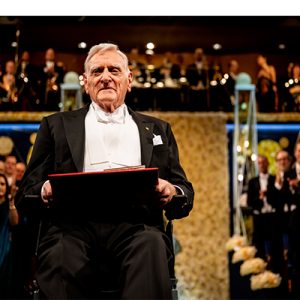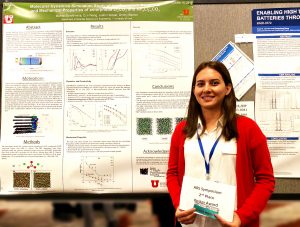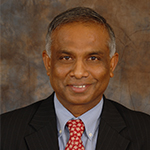 On June 17, 2020, Dr. Arumugam Manthiram, winner of the 2020 Henry B. Linford Award for Distinguished Teaching, presented his talk on “Intricacies of High-Energy Cathodes for Lithium-Ion Batteries” via a live webinar presentation.
On June 17, 2020, Dr. Arumugam Manthiram, winner of the 2020 Henry B. Linford Award for Distinguished Teaching, presented his talk on “Intricacies of High-Energy Cathodes for Lithium-Ion Batteries” via a live webinar presentation.
Dr. Manthiram’s talk covered the fundamental science behind the development of high-energy density cathodes for lithium-ion batteries in the 1980s, the richness and complexity of layered oxide cathodes for lithium-ion batteries, and exposure to a perspective on high-energy, long-life, safe lithium-ion batteries.
View Dr. Manthiram’s webinar presentation, here.
Following the talk, attendees were given the opportunity to ask Dr. Manthiram questions in a Q&A session, available below. (more…)


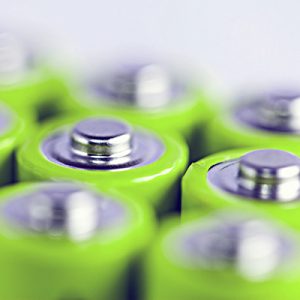

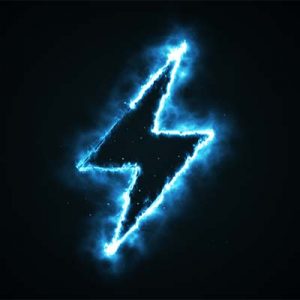
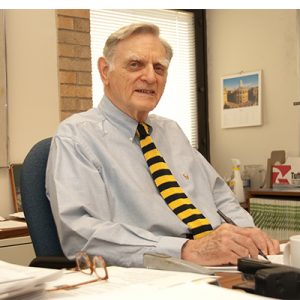
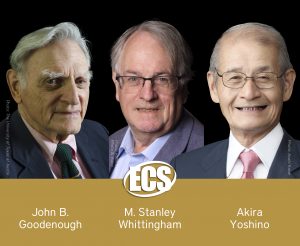 The Electrochemical Society honors 2019 Nobel Chemistry Prize laureates, John B. Goodenough, M. Stanley Whittingham, and Akira Yoshino, by the launch of a
The Electrochemical Society honors 2019 Nobel Chemistry Prize laureates, John B. Goodenough, M. Stanley Whittingham, and Akira Yoshino, by the launch of a 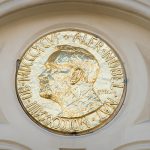 John Goodenough, Stanley Whittingham, and Akira Yoshino
John Goodenough, Stanley Whittingham, and Akira Yoshino